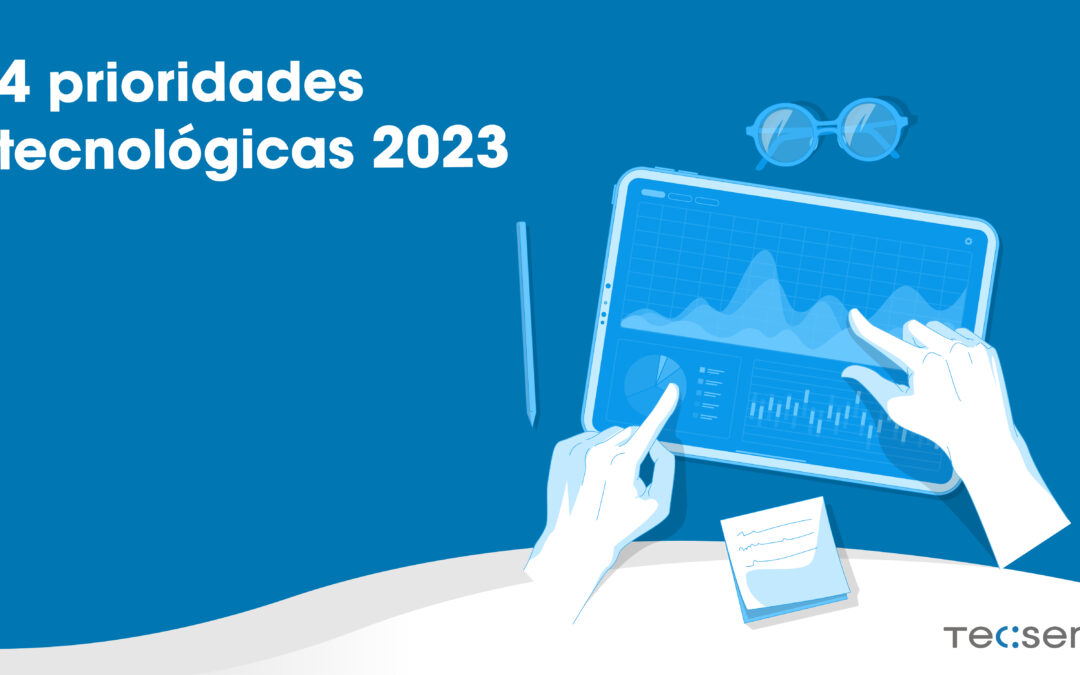As each year that begins, we review what will be the key technology priorities that will make a difference for both providers and users. These can be a risk or an opportunity, everything will depend on the needs of each organization. Next, we will analyze one by one the 4 technological priorities for 2023 that can be addressed with digital trends according to Gartner.
4 technology priorities 2023 according to Gartner
According to the latest study conducted by Gartner, in the next 3 years technology priorities can be addressed with digital trends 2023.
1.Optimization
The following trends are fundamental to optimize information systems, making them more reliable and thus can preserve the integrity of AI systems.
Digital immune system, consists of combining software engineering strategies for the protection of systems, reducing operational risks.
Applied observability, through the data emitted by an organization allows AI to analyze and recommend faster and more timely decision making for the company. This can reduce response times and streamline organizations’ operations.
AI TRiSM, is a framework that allows managing the trust, risk and security of AI. Through a combination of methods it helps explain, implement new models, manage security and offer AI ethics and privacy controls.
2.Scalability
Thanks to the following digital trends, the offer and delivery of products is more agile and allows connectivity anywhere and at any time.
Cloud platforms for industries , thanks to these combinations SaaS, PaaS and IaaS with specific functions and customized to each sector, organizations can adapt more easily to the continuous evolution of these.
Platform engineering, this set of processes, tools and capabilities facilitate the consumption of developers and users that increases productivity and reduces the burden on equipment.
Obtaining wireless value, encompasses the provision of wireless network services. These not only provide connectivity but real-time data, analysis data etc.
3.Discovery
This trend tries to enable the change of model from the interaction with the components of the organization, customers and the acceleration of strategies for the use of new virtual markets.
Superapps, these are composite applications that combine the functions of an application, platform and ecosystem, allowing third parties to develop and publish mini-apps.
Adaptive AI, through real-time feedback models learn and change to adapt to new and objective data. It ensures the ability to adapt in real time to current needs.
Metaverse, allows the reproduction or amplification of the activities of the users in the physical to the virtual world.
4.Sustainable technology
It is a structure of solutions that increases the energy and efficiency of information technology services, which trains organizations for sustainability through: traceability, analysis, emissions management software and AI helps achieve the sustainability objectives of each user.
Investment in this type of technology generates operational resilience and financial performance that empower the growth of organizations.




